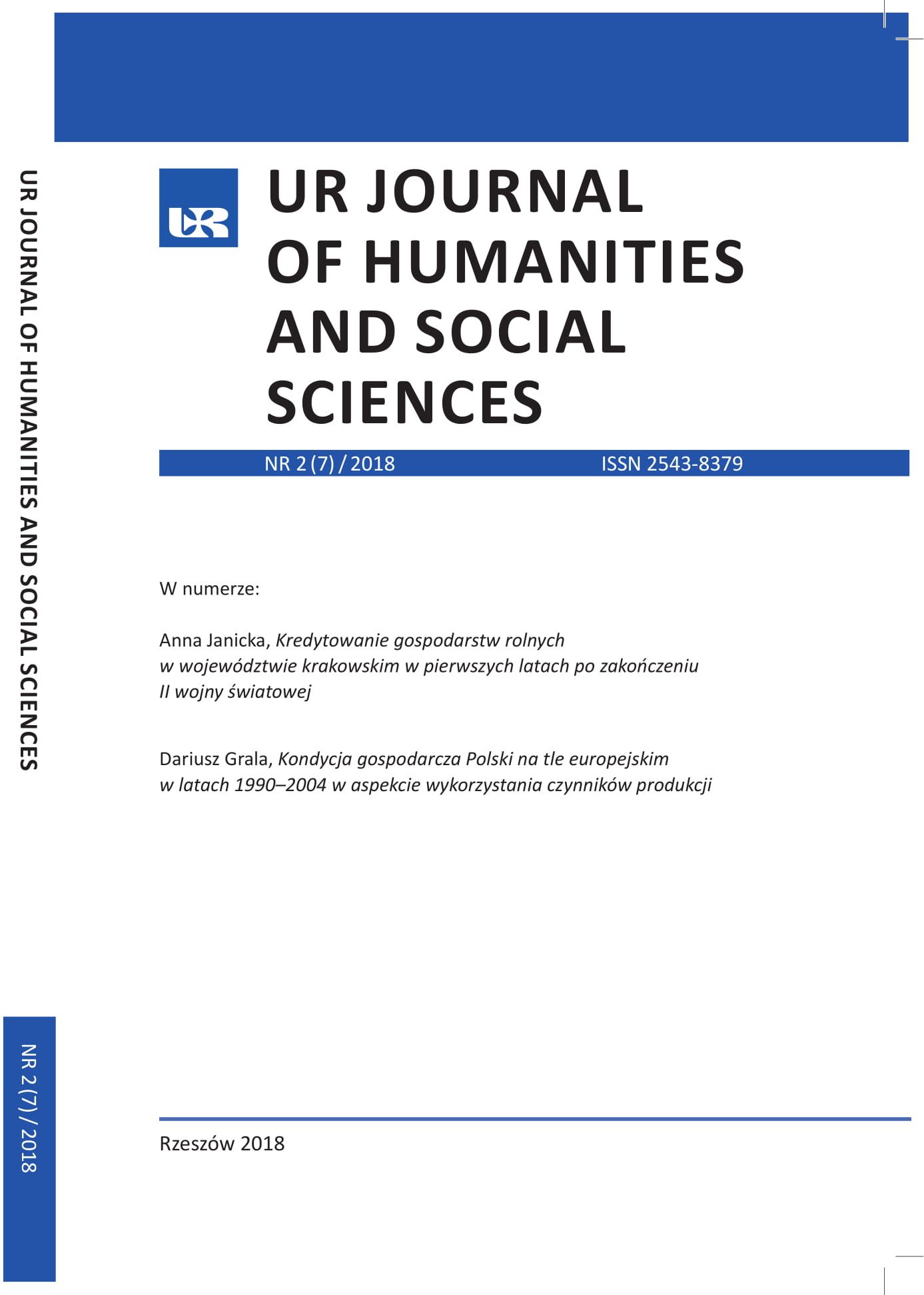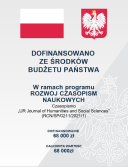The condition of the Polish economy in the European context from 1990-2004, with respect to productivity indicators
DOI:
https://doi.org/10.15584/johass.2018.2.3Keywords:
production’s factor, productivity, labor, capital, pricesAbstract
During the period of transition, Poland came across as a nation of low competitiveness and weak productivity indicators. Low efficiency in the labour factor and weak capital investment were simply the legacy of the command-based economy of the PRL. The present work is based on productivity indicators from Poland for the years 1990-2004 set against the background of the European Union (taking into account its extension in 1995), and the 10 nations which were applying for accession from east-central Europe. The analysis also factors in price changes in the chosen indicators. Despite the continued developmental gulf which is evident in such indicators as GDP per capita when compared with western European nations, the rate of growth fell at the moment of accession (to about 1% year-on-year growth). Classic productivity indicators: capital, labour and land were used in a variety of ways which were passed on from the defunct PRL and the disparate dispersal of resources. Throughout the transition period it is possible to identify a high demand for financial and physical capital, which were both inordinately expensive because of their relative paucity. As a consequence of this, economic development after 1989 was fuelled by imported means of production and loans gained from foreign financial institutions. This was a similar story to other post-communist nations. On the other hand, the abundance of labour which resulted from the restructuring of former state-owned industries and the demographic high of the 1908s, in combination with poor labour and social politics, resulted in a situation in which it was uneconomic to contractually employ people because of the high background costs. There was an increase in joblessness and an acceleration of the replacement of physical labourers with technological alternatives – even older-generation solutions, meaning the utilisation of worn-out fixed assets. During the period 1992-1999 the capital investment factor was better utilised, while from 2000 labour had a higher level of productivity than capital. This process was the harbinger of a range of momentous macroeconomic changes in the entire economy.
Downloads
Downloads
Published
How to Cite
Issue
Section
License
Copyright (c) 2018 Wydawnictwo Uniwersytetu Rzeszowskiego

This work is licensed under a Creative Commons Attribution-NonCommercial 4.0 International License.



